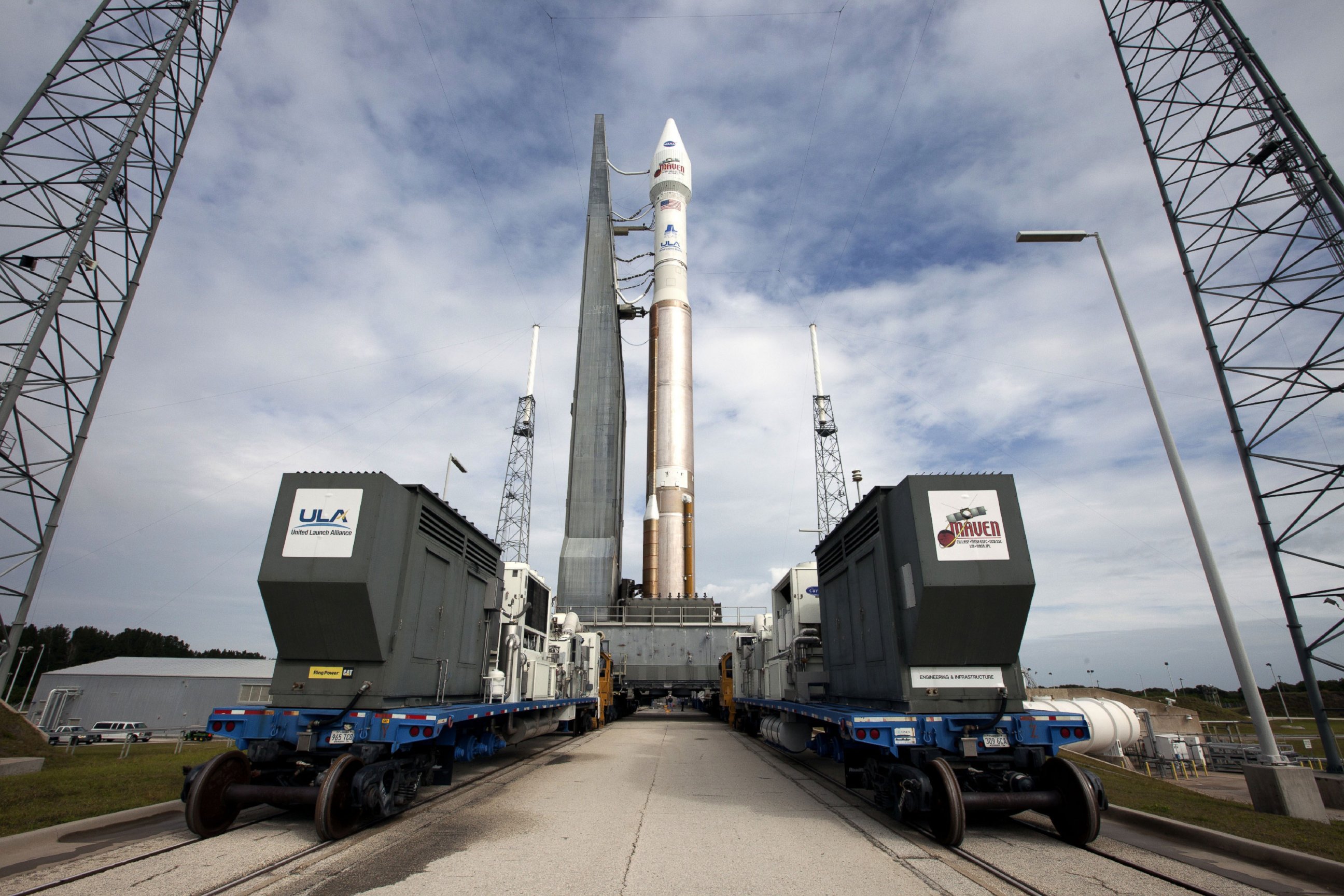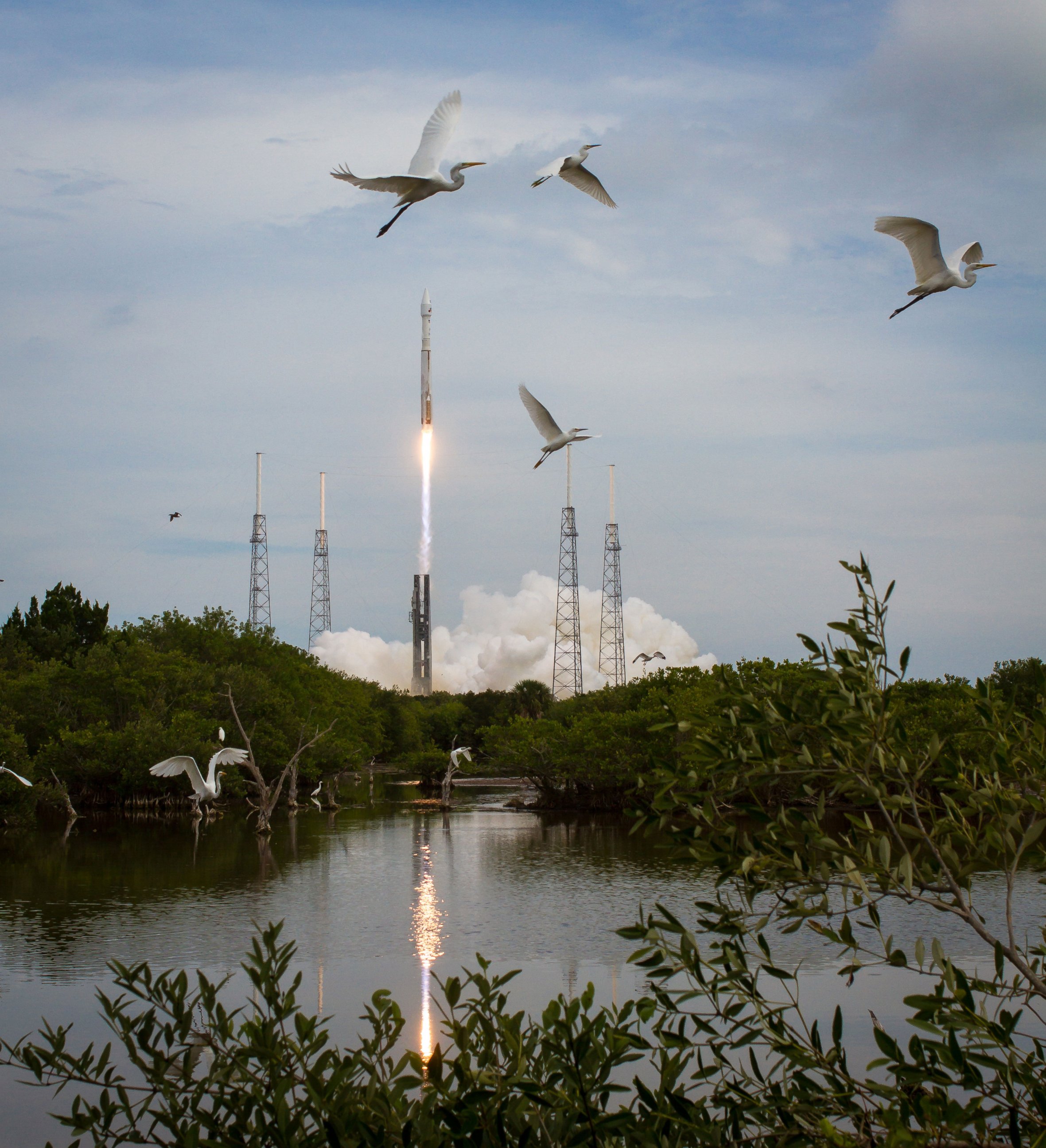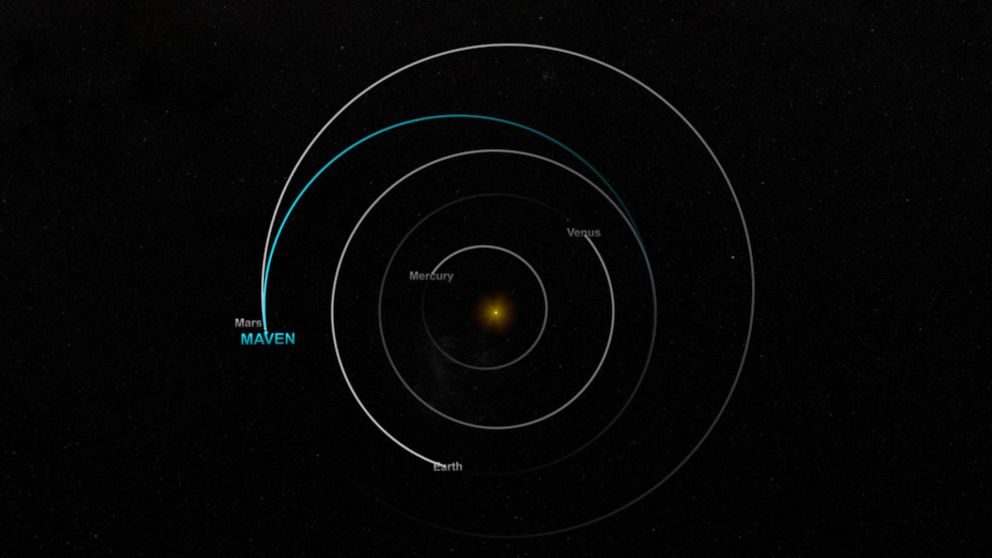How the Maven Spacecraft Is Helping NASA Prepare to Send Humans to Mars
Maven will help NASA prepare to send humans to Mars in the future.
— -- NASA is inching closer to its goal of sending humans to Mars after the Maven spacecraft successfully entered into orbit around the red planet.
After an arduous 10-month journey spanning 442 million miles, NASA's Maven hit the brakes late Sunday night as it entered into Mars' orbit.
The unmanned spacecraft will spend one Earth-year in orbit collecting data about the upper atmosphere of the red planet.
Space Smells and 4 Other Things We Learned From Astronaut Mike Hopkins
Space Race: NASA Awards Contracts to Boeing, SpaceX
Photos: NASA's Mars Curiosity Rover
NASA administrator Charles Bolden said the $671 million mission will help the space agency prepare to send humans to Mars in the 2030s.
"As the first orbiter dedicated to studying Mars' upper atmosphere, Maven will greatly improve our understanding of the history of the Martian atmosphere, how the climate has changed over time, and how that has influenced the evolution of the surface and the potential habitability of the planet," Bolden said in a statement.

Maven will collect data on the gases that escape from Mars' upper atmosphere, including a look at how they interact with the sun and solar wind, according to NASA.
At least five times during orbit, Maven will lower its orbit altitude from 93 miles to 77 miles in order to glean information about the full upper tier of the atmosphere, including at what point it meets the red planet's lower atmospheric layer, NASA said.

The spacecraft complements NASA's other Martian robotic explorers, including Spirit and Opportunity, which are helping astronauts learn more about the terrain of the planet.

NASA is able to communicate with its assets on Mars through the Deep Space Network, which consists of a network of antennas and three facilities -- in Spain, Australia and California -- all located 120 degrees apart from each other around the globe. The strategic placement allows the space agency to have constant observation of spacecraft as the Earth rotates on its axis.
The planet's history is similar to Earth and had conditions that were hospitable to life in its past, according to NASA.
Whether life exists beyond Earth remains one of the biggest unanswered questions of the cosmos -- but one that NASA hopes a manned mission to Mars could help answer.




